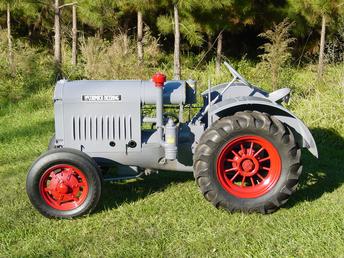Anonymous-0
Well-known Member
Hello, all,
I'm under contract to finish a novel set in south Texas in 1924. It's complete except for research and verification of historical accuracy, which brings me to you. Would someone be so kind as to tell me three things, in brief:
1) What kind or kinds of small farm tractors would have been in use in south Texas in 1924 (brand names/models/etc)?
2) How, in general, was the tractor started?
3) How would driving such a tractor differ from the way modern tractors are driven (again, general information will be sufficient.)
Thanks so much for your help,
Bruce Machart
I'm under contract to finish a novel set in south Texas in 1924. It's complete except for research and verification of historical accuracy, which brings me to you. Would someone be so kind as to tell me three things, in brief:
1) What kind or kinds of small farm tractors would have been in use in south Texas in 1924 (brand names/models/etc)?
2) How, in general, was the tractor started?
3) How would driving such a tractor differ from the way modern tractors are driven (again, general information will be sufficient.)
Thanks so much for your help,
Bruce Machart


